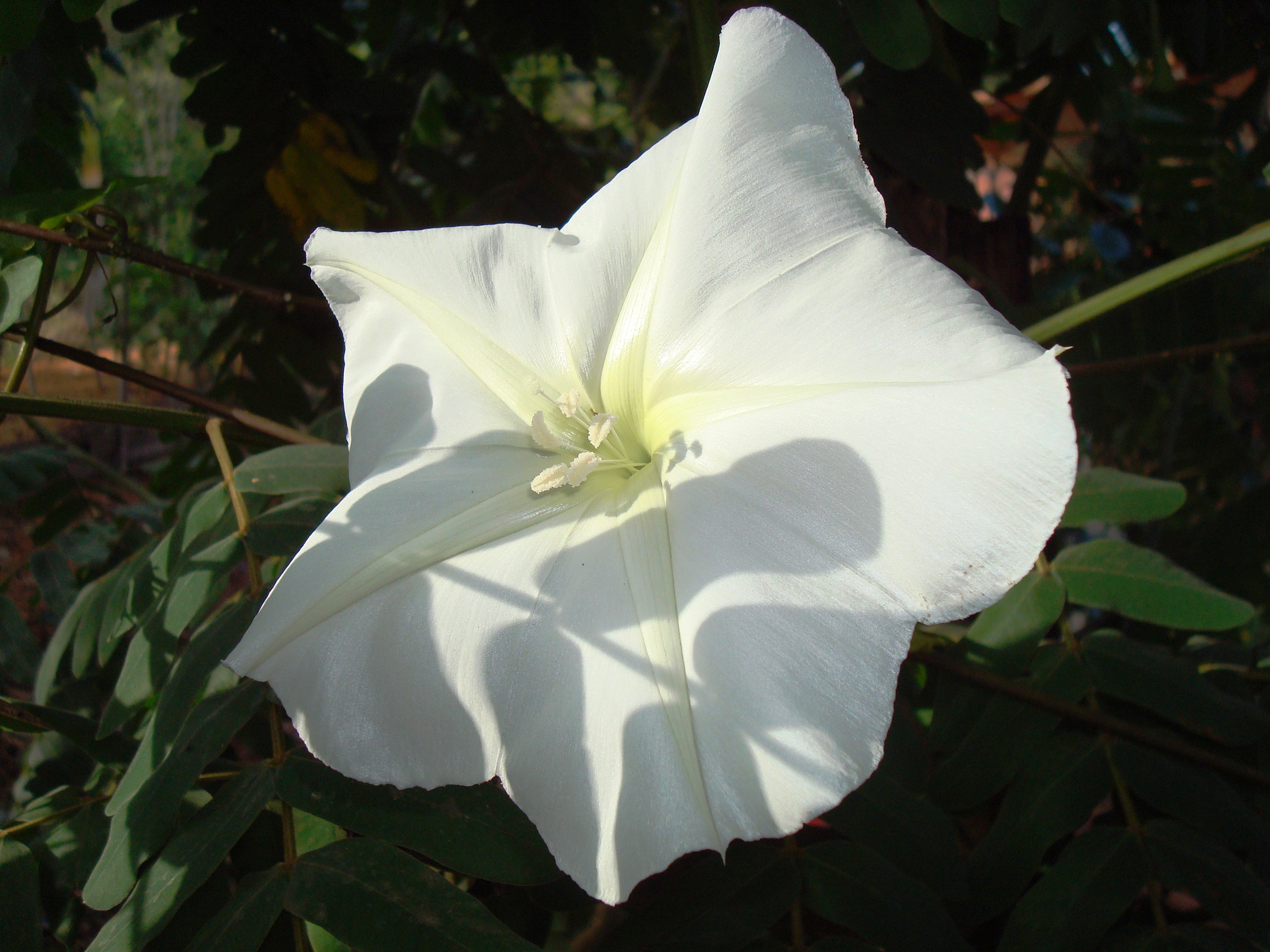"Also, in addition, oh good man! Having meditated thus thoroughly on desire, the wise person then meditates on Karma. Why? A wise person thinks: ‘Feeling, image, touch and desire are defilements. Defilements really bring forth the living karma, but not the harvesting karma. This defilement goes along with karma and is composed of two kinds: 1) living karma and 2) harvesting karma. Hence, the wise person must meditate well on karma. This karma is of three kinds: body, mouth, and mind’. Oh good man! The pair, body and mouth, are called karma, and also karmic result (harvesting karma). The mind is merely called 'karma' (living karma), not 'result' (harvesting karma). As it is the cause of karma, we say 'karma'. Oh good man! We call the karmas of body and mouth the external karma (harvesting), and the mental karma the internal (living). These three karmas go together with defilements. So we have two karmas, namely: 1) living karma and 2) feeling karma.
Oh good man! 'Direct Karma' is mental karma. We say ‘temporal karma’. This refers to the karmas of body and mind. Since it appears first, we say 'mental karma’. What arise from the mental (karma) are the bodily and oral karmas. So, what is mental is called 'direct'. Having meditated on karma, a wise man must meditate on the cause of karma."
Read More on the Nirvana Sutra, Chapter 44 - On Bodhisattva Kasyapa 5.
meditate on karma.mp3


